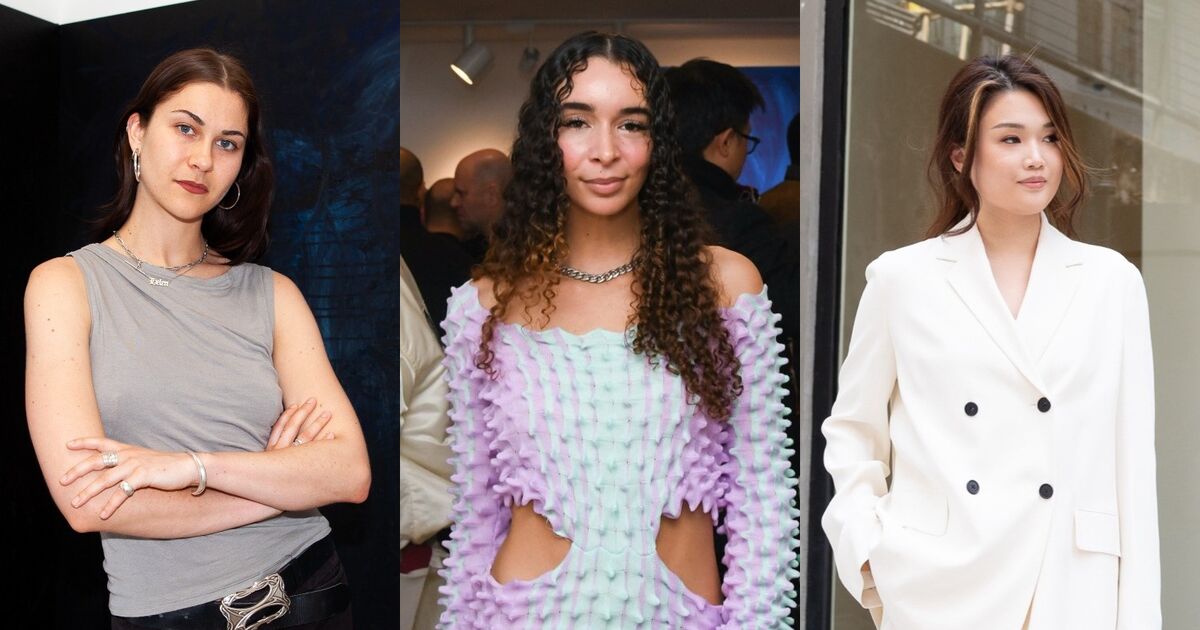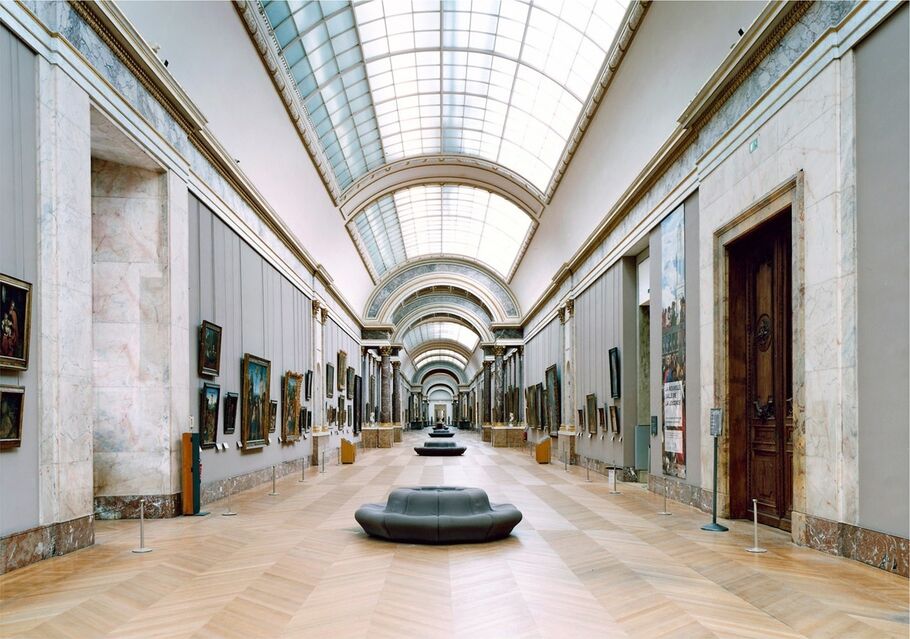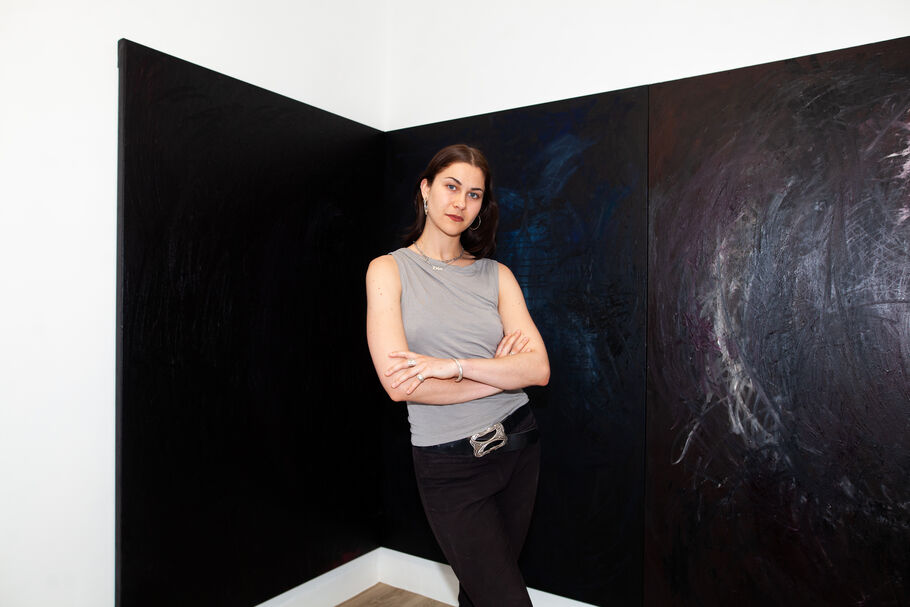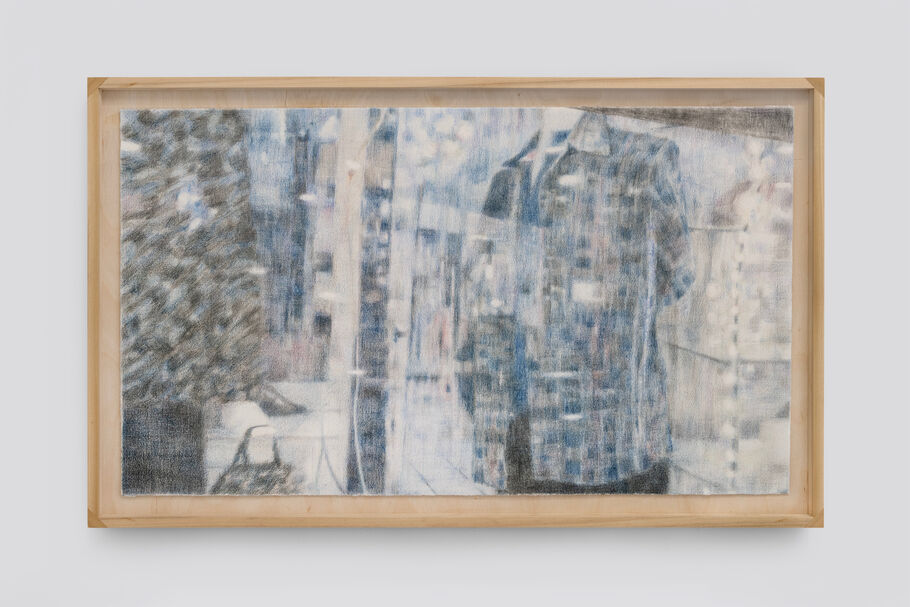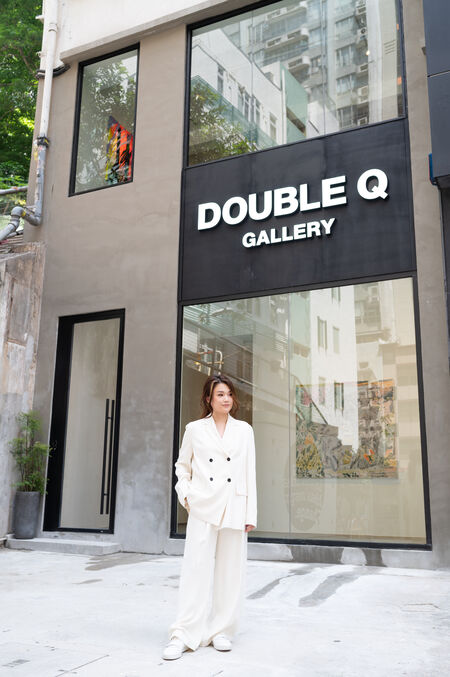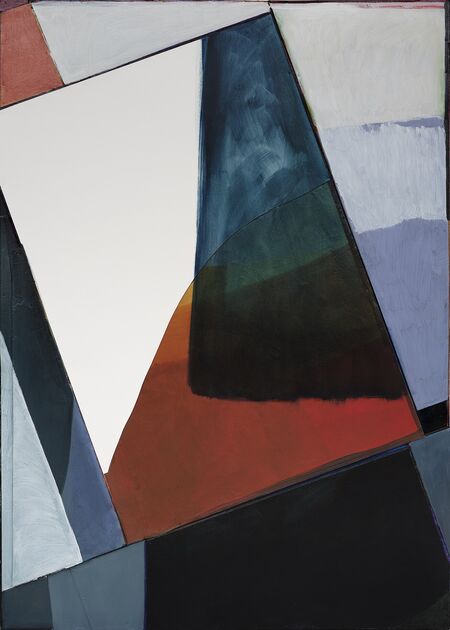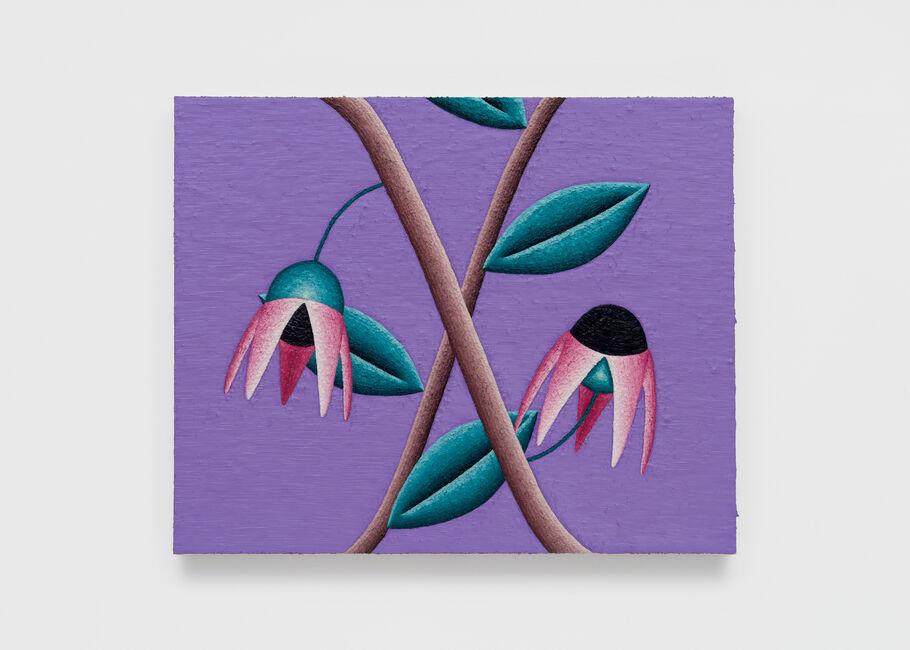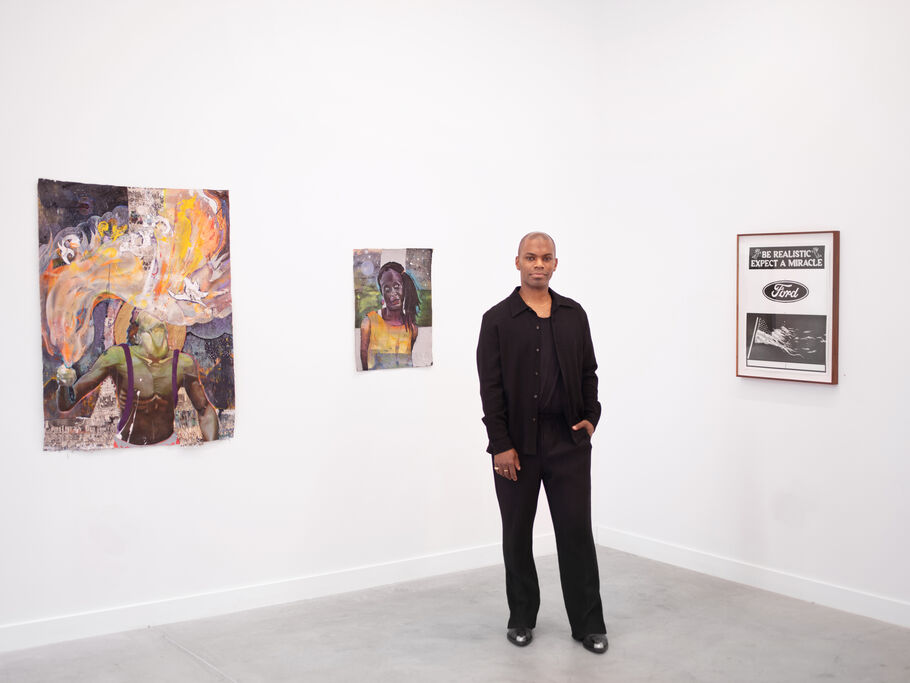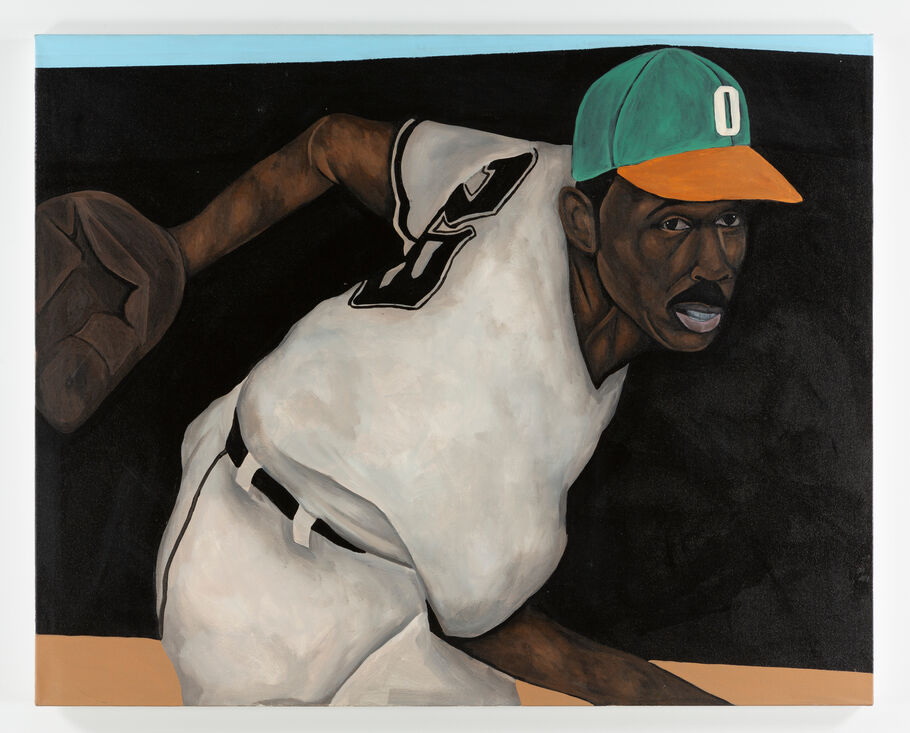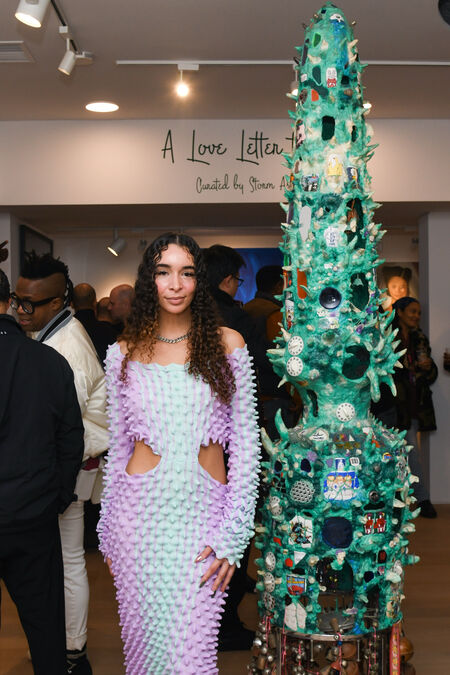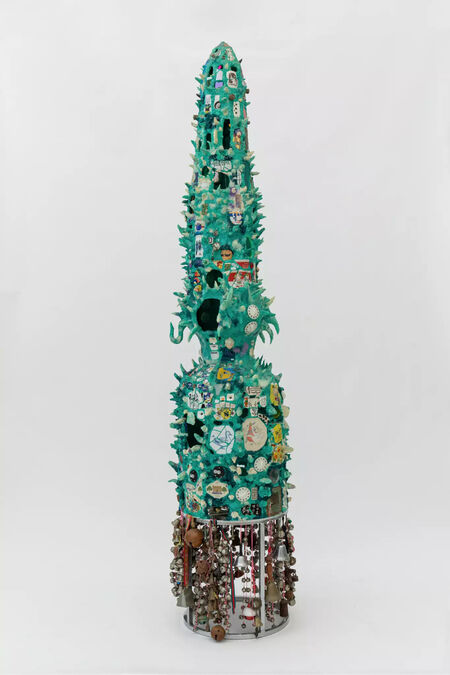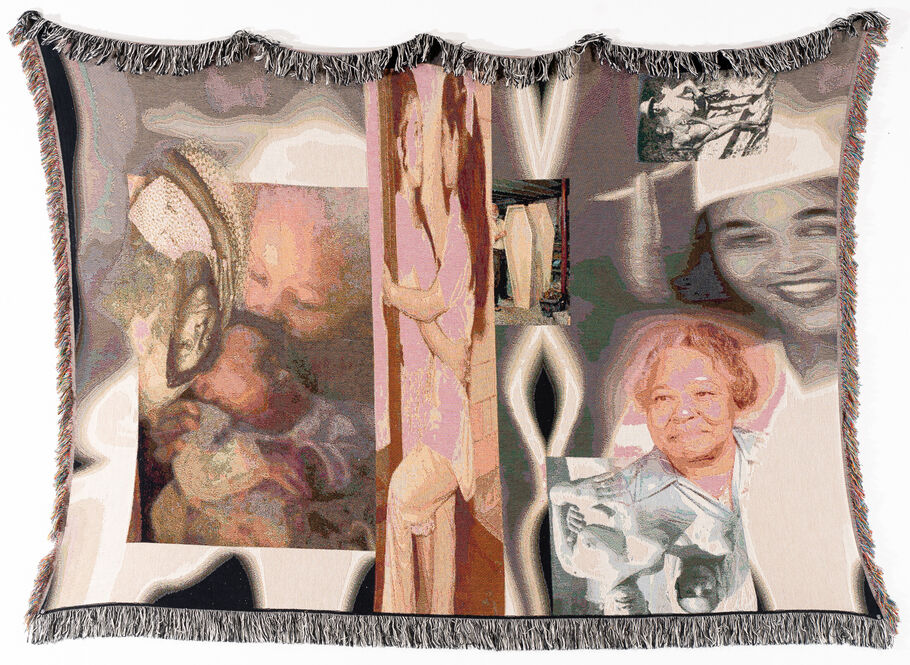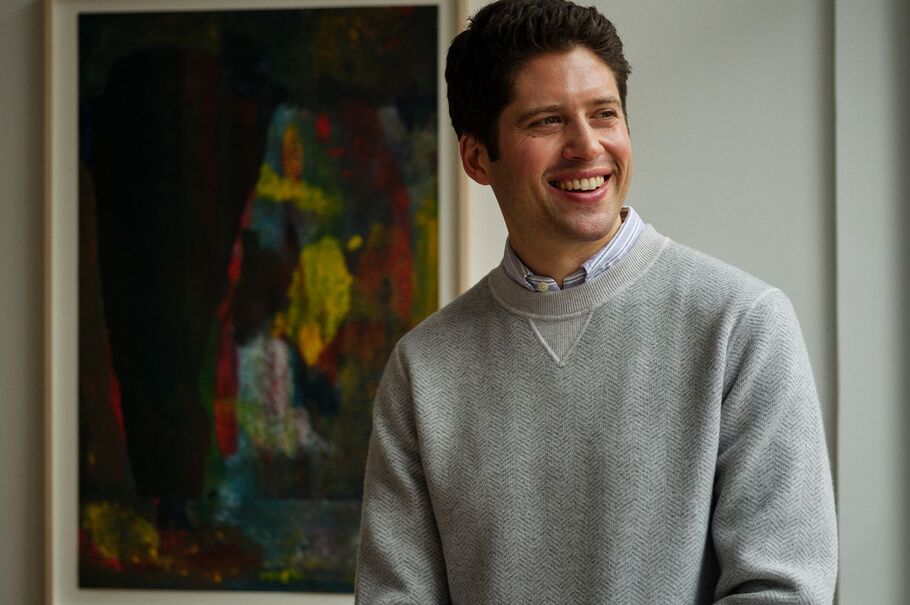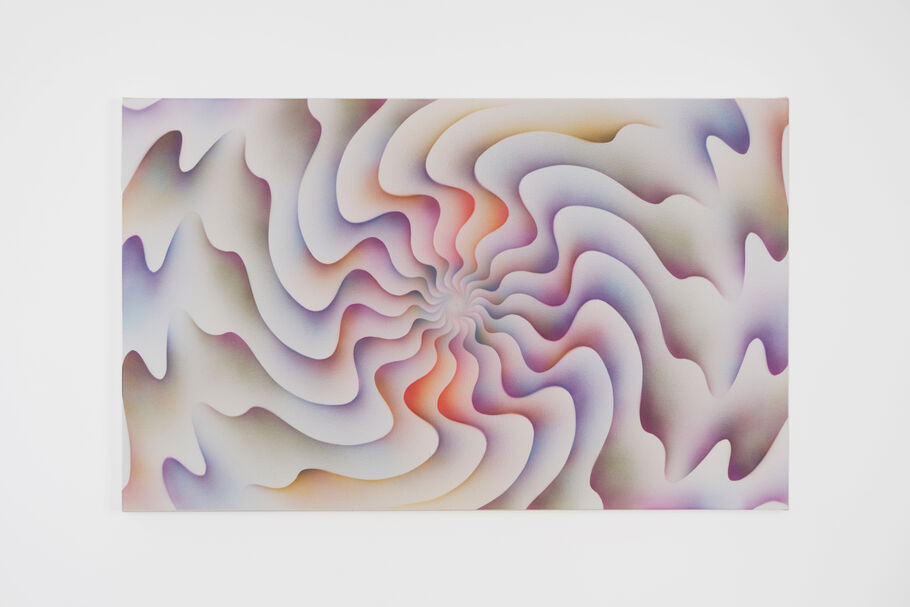Art Market
Maxwell Rabb
Few places carry loftier stereotypes than the art world. Whether it’s insider chatter or hidden jargon, fears abound among new and experienced visitors when it comes to saying something “wrong” or being judged in art spaces.
This can be particularly pronounced when talking about the art itself, a discipline that carries popular perceptions of confusing terminology and dense theory. Even those who walk into galleries with confidence may quickly start second-guessing themselves, wondering if they’re asking the right questions or missing some crucial piece of context.
But, contrary to these popular perceptions, talking about art shouldn’t feel like a test or require a secret vocabulary. The vast majority of those working in the art world are there because they love their discipline and want to share that love with other people.
In fact, you’re unlikely to score points for name-dropping theorists or memorizing market trends. What is encouraged is curiosity, or the willingness to ask questions—even basic ones—and to admit when you’re lost. Ironically, pretending you know about art is the fastest way to sound like you don’t.
Many young gallerists, with fresh perspectives, are actively working to change the art world’s appearance of exclusivity. Artsy asked five of them about how anyone can feel confident when talking about art.
Helen NevenFounder of NEVEN, London
Portrait of Helen Neven. Photo by Brynley Odu Davies. Courtesy of NEVEN.
Helen Neven is part of an exciting new generation of London gallerists pushing the city’s art scene forward. An alum of the Royal College of Art and the Courtauld Institute of Art, Neven started her career at the Blenheim Art Foundation. In 2023, she launched her eponymous gallery, NEVEN, in the East London neighborhood of Bethnal Green near longstanding names such as Hales and The Approach. For the gallery’s inaugural exhibition, she staged a solo presentation for British artist Woodsy Bransfield.
When it comes to visiting museums, Neven first notes that these “are public spaces and should feel inclusive. There shouldn’t be an expectation to perform engagement in a certain way.” One easy way to approach engaging with art in these spaces is to “read the text provided, look at the work, and stay for as long or as short a time as you like.”
If you feel unsure about what you’re looking at in a gallery, Neven advises that “a simple ‘can you tell me more about this work?’ will do…I like it when visitors draw comparisons or relate a work to something they’ve read, seen, or personally experienced. It shows that they have grasped something essential in the piece and metabolized it in some way,” she explained.
“Often, the best conversations I’ve had go on winding tangents that were catalyzed by a work and come from people speaking about how it makes them feel, or something it reminds them of,” Neven added. “That emotional response is just as valid as any theoretical one.”
Queenie Rosita LawFounder of Double Q Gallery, Hong Kong
Portrait of Queenie Rosita Law. Courtesy of Double Q Gallery.
Hong Kong–based collector and gallerist Queenie Rosita Law founded the Q Art Group in 2014. The group comprises Q Contemporary, a nonprofit art center in the heart of Budapest; Q Studio, an art space dedicated to commissioning custom works; and Double Q Gallery, a contemporary art venue she started in 2022. This space represents artists, particularly a cohort of Eastern European artists, including Hungarian painter József Csató and Ukrainian sculptor Maria Kulikovska. Similarly, as a collector, she focuses on Central and Eastern European artists.
The first time Law stepped into a gallery, she was studying at the University of the Arts in London. “It was an overwhelming experience. I can’t put my finger on why exactly, but I think it doesn’t help when the space is white, empty, and silent.” For her, there’s only one way to get past that initial intimidation factor: “Unfortunately, you will have to go more! Make visiting galleries a part of your routine whenever you go to a new city or when something new opens in your own hometown,” she said.
Law suggests that before visiting a gallery, you should “tease your brain a little with what you’re going to experience in the real world soon.” This can include previewing an exhibition online or looking up an artist’s Instagram page. In many cases, it’s better to “prepare you for what you’re going to see, rather than simply memorizing facts about their biography or style.”
When it comes to discussing art, Law warns against “starting off by getting too deep into art history or mentioning other artists.” Instead, she suggests “talking about the artist’s techniques. How did they create the paintings? How did they make each part? Pointing at things directly in the work—that’s an easy way to build a discussion.”
Jonathan Carver MooreFounder of Jonathan Carver Moore, San Francisco
Portrait of Jonathan Carver Moore. Photo by Kari Orvik. Courtesy of Jonathan Carver Moore.
Jonathan Carver Moore founded his eponymous gallery in the heart of San Francisco’s Tenderloin neighborhood in 2023. His program specializes in working with BIPOC, LGBTQ+, and women artists, and in the two years since opening, Moore has quickly made a mark. He is a regular presence on the art fair circuit, with appearances at EXPO Chicago, Untitled Miami, 1-54 New York, and Investec Cape Town. And, perhaps most notably, his gallery hosts an artist-in-residence program, which has supported artists including Aplerh-Doku Borlabi and Anoushka Mirchandani. In the fall, he will host New Orleans–based artist Auudi Dorsey.
Feeling out of place in the art world is a common experience that Moore says he has felt in the past. “I see that as part of the reality of working within a system that wasn’t originally designed for everyone,” he said.
Over time, the young gallerist has learned that people walking into the gallery “don’t need to know everything.” Instead, he recommends that “they come open, come curious, and let the work speak to them.”
Try not to overthink things, he advises. “I love it when someone just simply says, ‘Tell me about this artist or these artists’ if it is a group show. Whether or not they are familiar with them, this is a great way to just begin a dialogue, and it puts everyone at ease,” he said.
“Art should not be intimidating; it should encourage us to engage in dialogue and challenge our perspectives…I love when visitors ask questions that come from genuine curiosity, for example, ‘What drew you to this artist?’ or ‘What inspired this exhibition?’”
“This idea that a person needs the ‘right’ words or some special vocabulary to talk about art. They don’t,” said Moore. “Art is for everyone, and their personal reaction—whether it’s joy, confusion, or even discomfort—is valid. I really see art being about connection, and the way people see and feel it matters just as much as a critic’s interpretation. Letting go of that pressure opens up space for real dialogue.”
Storm Ascher Founder of Superposition, Nomadic
Portrait of Storm Ascher. Courtesy of Superposition.
Storm Ascher launched her nomadic gallery Superposition in 2018, when she was just 24. Since then, the gallery, which focuses on emerging artists, staged shows at borrowed spaces from New York to Miami. Ascher is also a mainstay at art fairs, including NADA New York and Untitled Miami. Next month, she will make her Armory Show debut with artists Ryan Cosbert and Marcus Leslie Singleton. A 2022 alum of Forbes 30 Under 30: Art & Style, Ascher also started the Hamptons Black Arts Council, a nonprofit supporting public programming for Black artists in the region.
When it comes to talking about art, one thing stands out to Ascher above all: Do not be afraid of not knowing something. “We [gallerists] actually get excited to explain things to people who have never heard of them—that’s part of the joy,” she told Artsy, emphasizing that curious visitors should “not pretend you already know, because you might be cutting yourself off from a deeper conversation you could be having.”
To talk about an artist, she says, start with anything that strikes you about their work. “Start with what you think the artist is trying to tell you at that very moment,” she continued.
She advises asking simple questions that “show you’re engaging, not performing. The truth is, dealers and artists can always sense the difference.”
Questions to ask can be anything from “Why do you think they used this material?” or “What part of the world does this remind you of?” What is less advisable, in her eyes, is playing an “unhelpful game of ‘who does this remind you of?’”
Instead, she wants to know what this particular artist sparks in your mind: “That’s where the conversation becomes alive,” she said.
Cedric BardawilFounder of Cedric Bardawil, London
Portrait of Cedric Bardawil. Courtesy of Cedric Bardawil.
Curator, journalist, and DJ Cedric Bardawil embarked on a new journey in June 2022 when he established his eponymous gallery in London’s Soho. The gallery quickly earned the attention of the London art community for its experimental focus, which often pairs exhibitions with audio installations as part of its curatorial focus. Recent shows have included psychedelic painting by Eddie Ruscha and color-soaked photographs by Lebanon-born artist Raed Yassin. Bardawil’s program is filled with a vibrant schedule of exhibitions, performances, and live events, buoyed by Bardawil’s own research and writing.
Despite this, the gallerist admits that he often still feels out of place in art spaces. “Certain art spaces can also be overwhelming for people in the industry; it’s important to remind yourself why you chose to be there and what in particular you came to see,” he told Artsy. “In a more social setting like an art fair or an opening, I find that speaking with people and breaking the ice is a good way to get past it.” Notably, Bardawil says that an icebreaker “doesn’t have to be about art.”
But once you are talking about art, he advises someone to take a “straightforward approach” to the conversation, suggesting that you can ask simply: “What am I looking at here?”
One common misconception he notices is that people think speaking about art “has to be complicated,” when often the opposite can be the case.
“The best writers and speakers have a way of bringing art to life and capturing the imagination. Read someone like [American art critic] Dave Hickey, who so brilliantly uses everyday language and accessible references to explain complex ideas.”
This article is part of Artsy’s Collecting 101 series, which features resources on everything you need to know about buying art. Explore more of Collecting 101.
MR
Maxwell Rabb
Maxwell Rabb (Max) is a writer. Before joining Artsy in October 2023, he obtained an MFA from the School of the Art Institute of Chicago and a BA from the University of Georgia.
